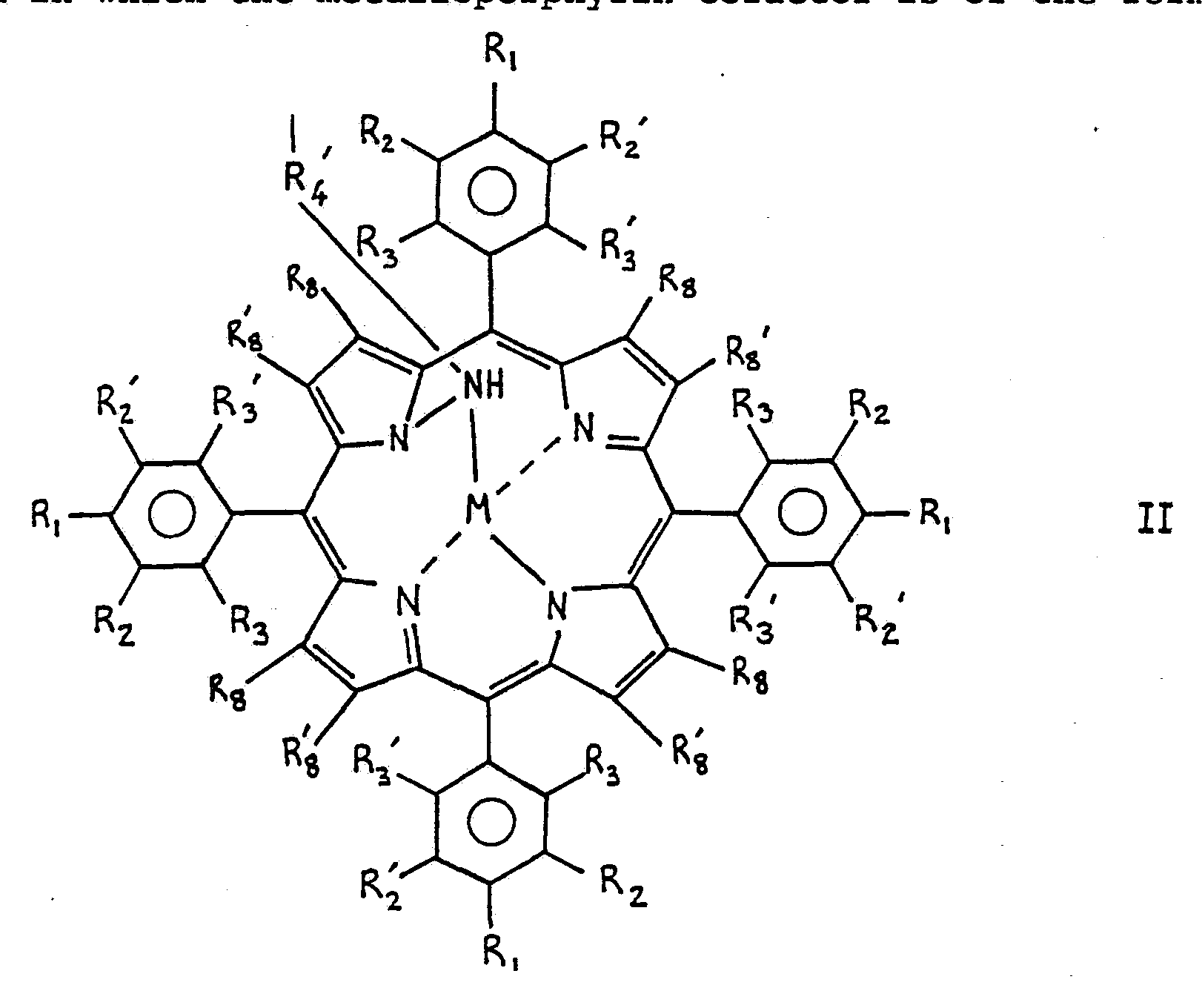

The Guraeans then razed their cities and attempted to catch the Macedonians off guard but were defeated.
Porus com series#
The Aspasians were the first to be conquered and Alexander the Great took their cities after a series of sharp engagements during which both he and his general Ptolemy were wounded though Ptolemy killed the Apasian king. His goal was to secure his line of communication by capturing fortresses of the Aspasioi, Guraeans, and Assakenoi tribes in the Kunar valley of modern Afghanistan and the Panjkora (Dir) and Swat valleys of modern Pakistan. Please check your inbox to activate your subscription Thank you!īetween May 327 BCE and March 326 BCE, Alexander the Great began the first phase of his invasion with what is now known as the Cophen Campaign. He also detached his general Amyntas with 3,500 cavalry and 10,000 infantry to guard the region before embarking on his campaign. Alexander married Roxana to cement his relations with the satraps in Central Asia and secure his supply routes and lines of communication. Ambhi (in Greek Omphis), ruler of Taxila, complied and would lead his forces alongside Alexander the Great during the invasion. In 327 BCE, Alexander summoned the chieftains of the satrapy of Gandhara to submit to him. This was, after all, the only remaining part of the Achaemenid Empire that had not submitted to him. The invasion of India was in many ways the next logical phase in Alexander the Great’s conquest of the Achaemenid Empire. 800-525 BCE, via UNESCO World Heritage Center Perhaps what made the greatest impression, though, were the Indian medical sciences which in several areas were more advanced than those of the Greeks.Ĭompleting the Conquest of the Achaemenid Empire: The Invasion of India Bihr Mound, Gandharan/Achaemenid ruins of Taxila, c. However, the Greeks also recognized cultural differences between different groups of Indians in different parts of the Indus River Valley. Greek observers also witnessed Sati, the practice of widows immolating themselves on their husband’s funeral pyres, the ritual exposure of dead bodies to vultures, and the practice of slavery. The only reference to the caste system is the Brahmans, who are described not as priests but as philosophers and advisors to the kings and princes of India. Greek accounts make no mention of Buddhism, temples, or even religion.

There were also some far less developed communities in areas around the forests, deserts, and coasts. This was a highly urbanized region with extensive agricultural cultivation and well-established trade routes. These states had recognized Achaemenid overlordship and supplied troops to the Achaemenid Empire’s armies.

Most of the region was ruled by small states centered around the dominance of a particular tribe. In the decades prior to the invasion, the Achaemenid Empire had controlled most of the region, but evidence of Achaemenid rule east of the Indus River was nonexistent. The invasion of India by Alexander the Great was limited to the area of the Indus River Basin. India in the Age of Alexander the Great Indian Warriors (Sattagydian, Gandharan, Hindush), Naqsh-e Roastam Reliefs of Xerxes I, c.480 BCE, via Wikimedia Commons


 0 kommentar(er)
0 kommentar(er)
